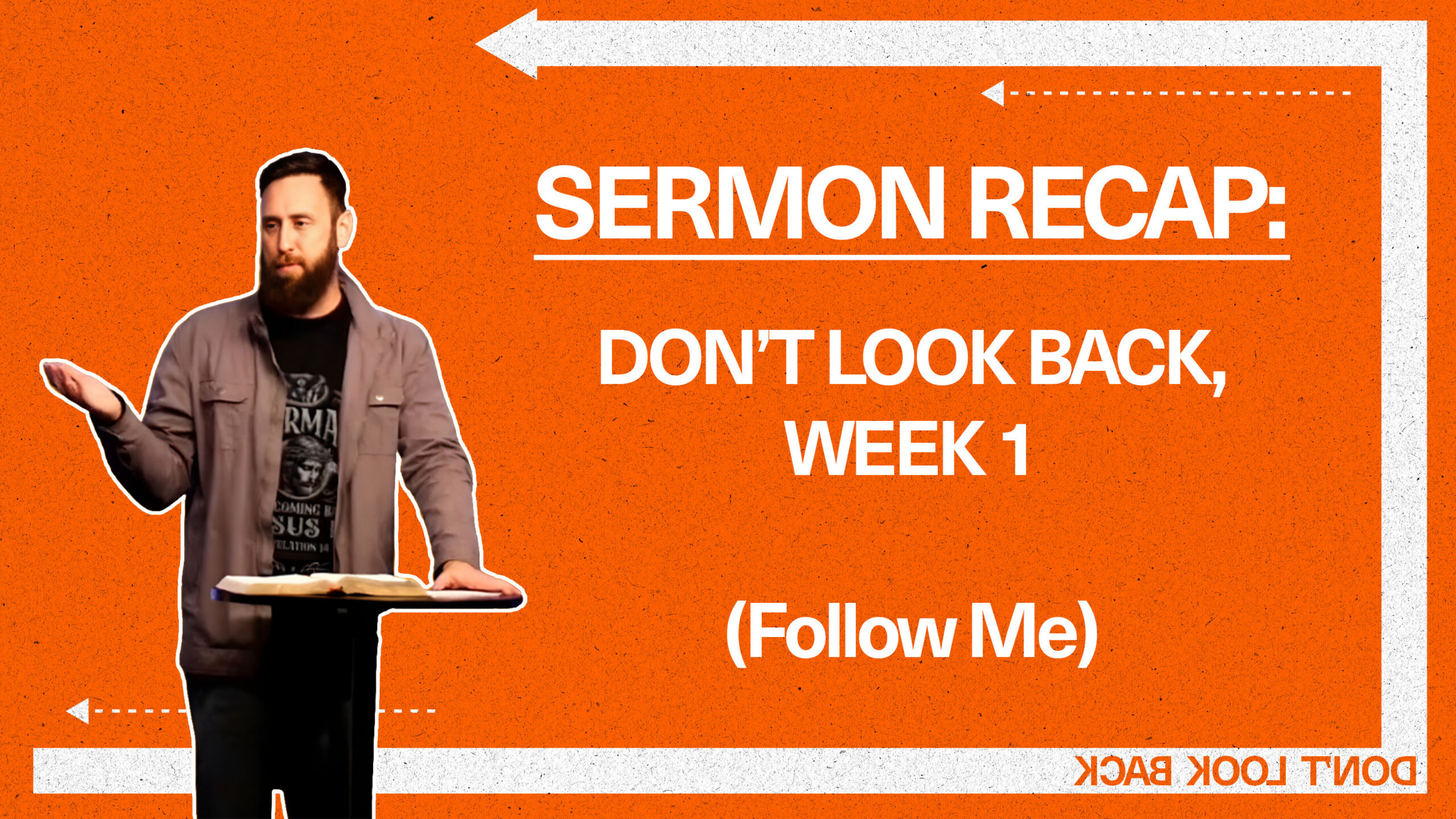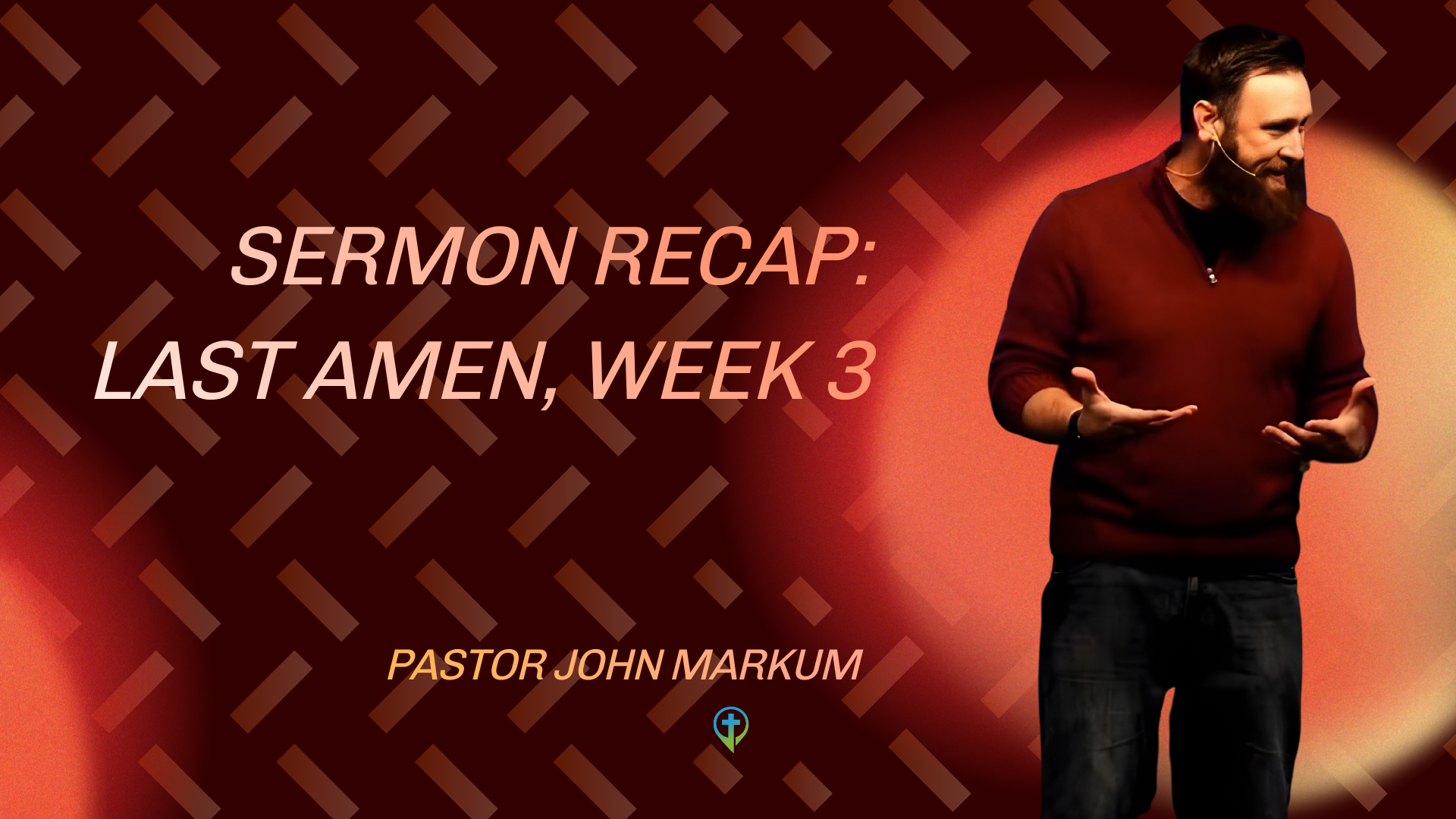As we kick off 2025 at Life Valley Church, we begin with a new series entitled, Don’t Look Back. Following Jesus demands a radical reorientation of our lives, centered on three fundamental requirements: self-denial, daily cross-bearing, and wholehearted following. This path directly challenges our culture’s emphasis on self-fulfillment and personal autonomy, calling believers instead to submit every area of life to Christ’s leadership. Just as athletes exercise strict self-control to win their prize, disciples must discipline themselves to follow Jesus faithfully. The call to take up our cross daily represents a complete dying to self, allowing Christ to live through us in every aspect of life. In first century Judaism, it was a common blessing to tell a new follower of a Rabbinical teacher, “May you be covered in the dust of your rabbi!” The idea was that disciples would follow their rabbi so closely that they would be covered in the dust from their teacher’s feet. Similarly, authentic discipleship today should be evident in how closely we walk with Jesus, with our lives clearly reflecting His character and priorities. This requires identifying areas we’re still trying to control, examining what influences are shaping us, and taking concrete steps to submit every aspect of our lives to Christ’s leadership.
Read Luke 9:23-25 for further insight from the sermon…
How do we pursue Jesus in 2025:
- Deny yourself.
- Take up your cross daily.
- Follow Him.
You can find the 5-Day Devotional here.
You can find the entire service on our YouTube channel here.
Blessings,
Pastor John






